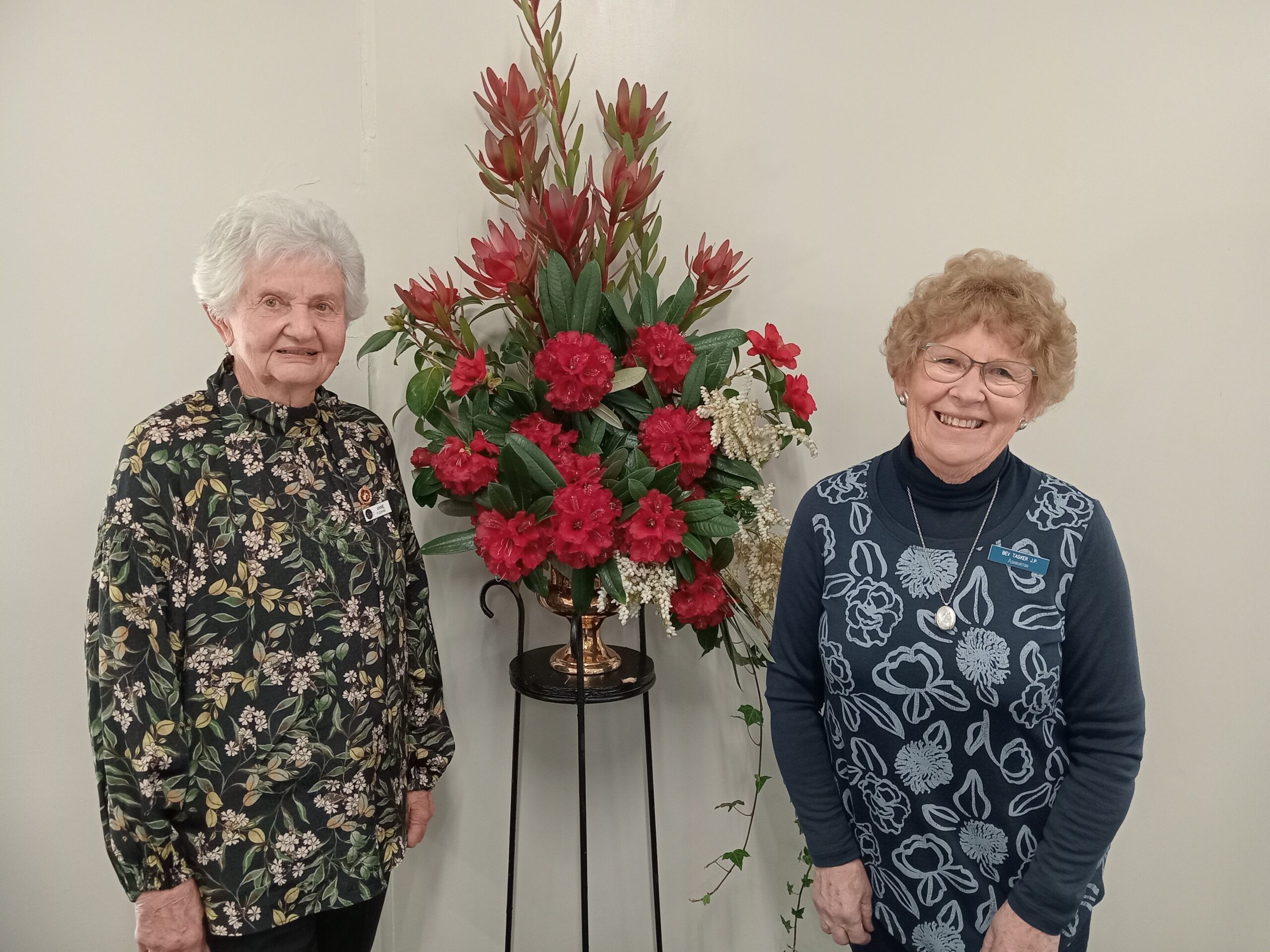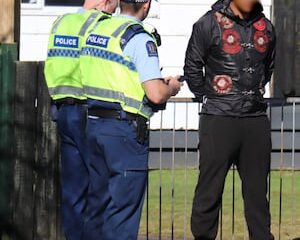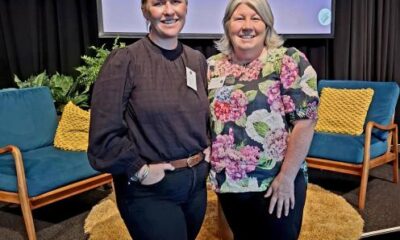Politics
Women Justices of the Peace Honored at South Island Gathering

About 40 Justices of the Peace (JPs) from various regions, including Southland, Otago, North and South Canterbury, the West Coast, Christchurch, and Ashburton, gathered for a day and a half at the Plains Railway complex in Tinwald. The event featured discussions on JP duties and cultural insights, while also honoring the history of women in the role.
Attendees listened to speeches from Ashburton Mayor Neil Brown, Rangitata MP James Meager, and national president of the Royal Foundations NZ Justices’ Association Nigel Tate. The southern regional representative Tony Brien also contributed to the discussions. Special guests included Special Trade Envoy Hamish Marr, Rubisco natural fibres CEO Guy Wills, and Advance Ashburton Community Foundation executive officer Carolyn Clough, who shared insights into their respective roles.
The gathering also provided a platform for fellow JPs to discuss the cultural needs of clients from Samoan, Filipino, Nepalese, and European backgrounds accessing JP services. An interfaith reflection service underscored the significance of the volunteer work undertaken by JPs in their communities.
As Suffrage Day approaches on September 19, the event was a fitting occasion to explore the history of women becoming JPs in New Zealand. Recently retired female JPs Bev Tasker and Judicial JP Anne Fleming, both of whom dedicated decades to their JP duties, shared their experiences and insights.
The struggle for women to become JPs in New Zealand began in the late 1800s, facing strong opposition from male lawmakers. After women secured the right to vote in Parliamentary elections in 1893, the question arose as to whether Elizabeth Yates, elected Mayor of Onehunga in the following year, would also serve as a JP. Under-Secretary Charles Haselden advised the Minister of Justice that “I suppose Mrs. Yates must be sworn in as a JP.” This advice led to her appointment, marking a significant milestone.
In 1903, various women’s groups appealed to then Prime Minister Richard Seddon, who was known to be unsympathetic to women serving on juries or in the role of JPs, to reconsider the barriers preventing women from serving. Seddon responded, stating, “I firmly believe women’s emotions could warp their judgement.”
Finally, on August 23, 1936, the long-fought battle culminated in the Justices of the Peace Amendment Act 1926, which allowed for the permanent appointment of women as JPs. This victory was not merely a legal change; it symbolized a significant shift in societal attitudes towards women’s roles in public service.
The gathering in Tinwald served as a reminder of the progress made, while also highlighting the ongoing commitment of JPs to serve diverse communities across New Zealand.
-

 Sports2 months ago
Sports2 months agoNetball New Zealand Stands Down Dame Noeline Taurua for Series
-

 Entertainment2 months ago
Entertainment2 months agoTributes Pour In for Lachlan Rofe, Reality Star, Dead at 47
-

 Entertainment4 weeks ago
Entertainment4 weeks agoNew ‘Maverick’ Chaser Joins Beat the Chasers Season Finale
-

 Sports1 week ago
Sports1 week agoEli Katoa Rushed to Hospital After Sideline Incident During Match
-

 Sports2 months ago
Sports2 months agoSilver Ferns Legend Laura Langman Criticizes Team’s Attitude
-

 Politics1 month ago
Politics1 month agoNetball NZ Calls for Respect Amid Dame Taurua’s Standoff
-

 Entertainment2 months ago
Entertainment2 months agoKhloe Kardashian Embraces Innovative Stem Cell Therapy in Mexico
-

 Sports5 days ago
Sports5 days agoJamie Melham Triumphs Over Husband Ben in Melbourne Cup Victory
-

 World3 months ago
World3 months agoPolice Arrest Multiple Individuals During Funeral for Zain Taikato-Fox
-

 Sports3 months ago
Sports3 months agoGaël Monfils Set to Defend ASB Classic Title in January 2026
-

 Entertainment1 month ago
Entertainment1 month agoTyson Fury’s Daughter Venezuela Gets Engaged at Birthday Bash
-

 Sports1 month ago
Sports1 month agoHeather McMahan Steps Down as Ryder Cup Host After Controversy




















